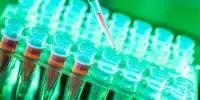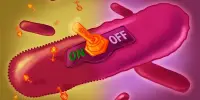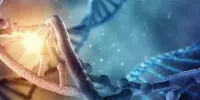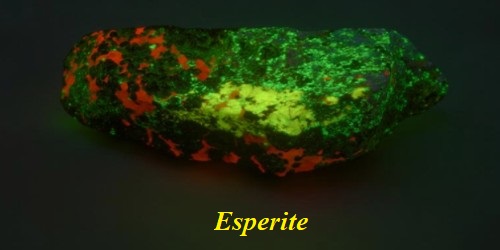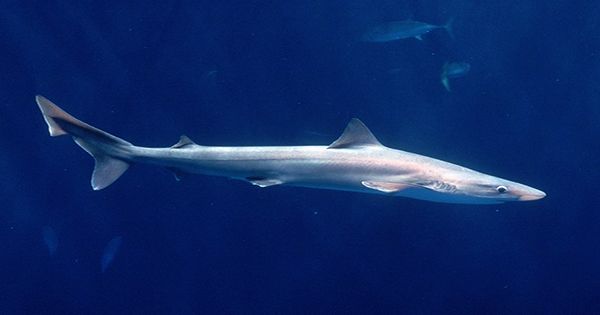Researchers are banking on a cool solution to help save species from extinction in the face of the biodiversity crisis and alarming data showing a 69% decline in global animal populations since 1970. Cryo-freezing of genetic samples taken from animals may play an important role in preventing species extinctions, similar to how egg freezing is used to preserve human fertility options for a later date.
A new study, titled ‘Maximizing the potential for living cell banks to contribute to global conservation priorities,’ published in Zoo Biology, sheds light on the immense potential of living cell banks, also known as cryobanks, to contribute to global conservation priorities.
These living cell banks store animal genetic materials such as DNA, embryos, sperm, and live tissue at extremely low temperatures. These cells can be cultured and used for a variety of purposes, including genetic analysis, assisted reproductive techniques, maintaining genetic diversity in animal populations, and possibly reintroducing species back into their natural habitats.
For the study, researchers examined the contents of the San Diego Wildlife Alliance’s (SDZWA) Frozen Zoo® – the world’s largest and most diverse collection of living genetic samples – to create a framework for species prioritization for future sampling. Researchers also used aggregated data from the Species360 Zoological Information Management System (ZIMS), the world’s largest database of species knowledge, to identify opportunities for future genetic sample collection.
We are in a biodiversity extinction crisis with over a million species likely to be threatened with extinction over the coming decades. While our first priority is to prevent species from declining in the wild, cryobanking provides a means to safeguard crucial genetic diversity and reintroduce it back into populations to increase their adaptability and resilience.
Yvonne Buckley
According to the study, 965 different species are currently stored in the SDZWA Frozen Zoo®, including 5% of amphibians, birds, mammals, and reptiles listed as threatened on the IUCN Red List, and that further sampling from zoos and aquariums could significantly increase that representation to 16.6% by providing access to an additional 707 threatened species.
Furthermore, genetic samples from 50% of the species currently listed as extinct in the wild are already represented within the SDZWA Frozen Zoo®, but zoological community sampling can increase this number to 91%, potentially providing a critical lifeline for these species on the verge of extinction.
Dr. Andrew Mooney of Dublin Zoo and Trinity College Dublin’s School of Natural Sciences, the study’s lead author, emphasizes the importance of the study, saying.
“This study not only highlights the incredible work done by the San Diego Zoo Wildlife Alliance to date, but also the collective potential of the global zoo and aquarium community in further contributing to global cryobanking initiatives and conservation priorities. As wildlife populations continue to decline around the globe, there has never been a more critical time to collect and preserve genetic samples from threatened species. Cryobanked samples provide unparalleled conservation opportunities, however we must make a concerted effort to work together and collect samples now, before it is too late.”
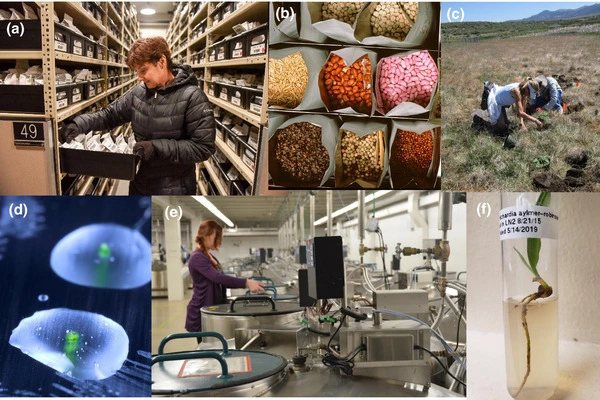
Yvonne Buckley, Professor of Zoology in Trinity’s School of Natural Sciences, says:
“We are in a biodiversity extinction crisis with over a million species likely to be threatened with extinction over the coming decades. While our first priority is to prevent species from declining in the wild, cryobanking provides a means to safeguard crucial genetic diversity and reintroduce it back into populations to increase their adaptability and resilience.”
Co-author Johanna Staerk, Species360 Conservation Science Alliance, says:
“This study highlights the immense potential of cryobanking in safeguarding endangered species as well as the role of zoos and aquariums in conservation. Given how difficult it is to obtain genetic samples from wild species, zoos and aquariums provide the ideal resource from which to collect genetic samples to ensure the future survival of species.”
Oliver A. Ryder, Kleberg Endowed Director of Conservation Genetics, San Diego Zoo Wildlife Alliance, says:
“Over forty years of cryobanking viable cells in the Frozen Zoo® has produced a substantive and impactful resource for genomics-based biodiversity discovery and demonstrated possibilities for cellular-based genetic rescue. Urgently needed are expanded efforts in nations across the globe to establish a distributed network of biobanks to make cell-based genetic resources available in an equitable manner and provide future generations with conservation options.”
Marlys Houck, Curator of the Frozen Zoo®, San Diego Zoo Wildlife Alliance, and co-author on the study remarked:
“Dr. Kurt Benirschke established the Frozen Zoo® in 1975, and hundreds of samples are added each year.” We now have cell lines from species and individuals that were banked decades ago, some of which had not reproduced. Their genetic diversity is not represented in current populations, but the samples in the Frozen Zoo® are available for future genetic rescue.”
In addition to the framework for determining which species should be prioritized for genetic sampling, the authors of the study advocate for the establishment of a global cryobanking database to facilitate collaborative efforts in preserving genetic diversity.
The study was the result of a workshop held at the IUCN Conservation Planning Specialist Group (CPSG) meeting in 2016 held by Species360 Conservation Science Alliance in collaboration with Oliver Ryder from the Frozen Zoo®.
The Role of Cryobanking in Saving Species from Extinction — A Case Study
The ongoing efforts to save the now-functionally extinct northern white rhino demonstrate cryobanking’s powerful role in conservation. With only two surviving females, scientists are attempting to save the subspecies through assisted reproductive techniques using Frozen Zoo® samples.
While the northern white rhino example is an eleventh-hour attempt to save the subspecies, the study authors emphasize the importance of proactively prioritizing species and establishing a global cryobanking database to ensure conservation actions can be taken much sooner.
Due to the availability of living cell cultures for these species, cryobanking may be the only way to save species on the verge of extinction, such as the northern white rhino rhino and the vaquita. Unfortunately, these opportunities will never be realized for the recently extinct Yangtze River dolphin and the Christmas Island pipistrelle, both of which have no living biological samples.
Most species, however, still have sampling opportunities. Given that 71% of species listed as ‘least concern’ on the IUCN Red List of Threatened Species are at risk of extinction as a result of the effects of climate change, storing genetic samples now could aid in the conservation of those species in the future.


